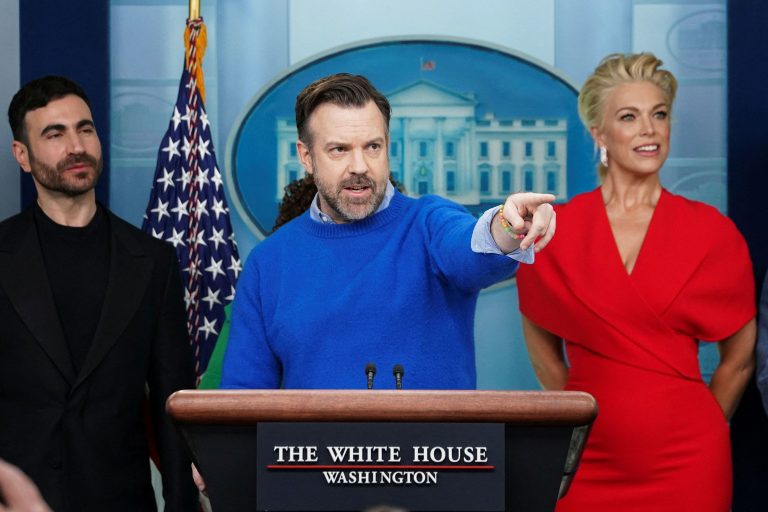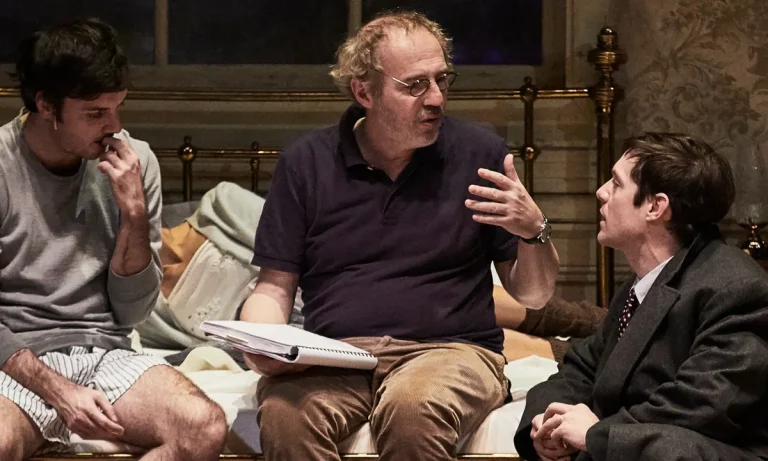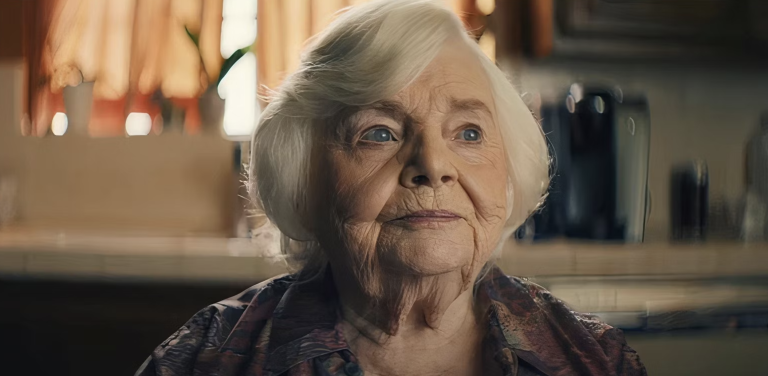Starting this week, the Melbourne Cinémathèque will pay homage to the late actress Gloria Grahame by presenting her six films—three double features on three consecutive Wednesdays. The series opens with In a Lonely Place (1950), directed by Grahame’s husband, Nicholas Ray. It will reflect on Gloria’s glory, depicting her captivating performances that often explored complex and psychologically rich characters.
A legacy of Gloria Grahame
Gloria Grahame was a significant figure in the film noir genre. Sharing insight on her performances throughout her career, author Imogen Sara Smith beautifully wrote, “Just as Bogart peels off the mask of the hard-boiled hero to reveal insecurity and self-destructiveness. Gloria Grahame finds shades and angles in the stock roles of women as redeemers or victims. With her lisp and dimpled pout, Grahame was best known for playing provocatively masochistic, damaged sexpots, but here her sidelong wit and irrepressible left eyebrow bring out a much subtler allure . . . A ‘get-out-before-you-get-hurt type’ who is nonetheless drawn to a dangerous and erratic man, Laurel is one of the most psychologically complex women in film noir.”
The first evening of the series will begin with the 1952 film The Bad and the Beautiful, directed by Vincente Minnelli. Smith described Grahame’s 1950 film In a Lonely Place as “savagely sketches the vulgarity and shallowness of Tinseltown.”
She emphasized that filmmaker Minnelli offers what Howard Hampton, writing for Artforum in 2019, called “a crash course in mid-twentieth-century Hollywood mores and backlot intrigue.” Meanwhile, Hampton noted that “the most frequent sobriquet for the film is ‘cynical.’ But Minnelli’s animating impulse is the love of the medium and its eccentric possibilities. For her performance in Minnelli’s film, Grahame was honored with her first and last Oscar award.
Although it was Grahame’s first and last Academy Award, she did give performances that were indeed worthy of Oscars. Mentioning her 1953 crime/noir film, film critic Roger Ebert wrote, “She should have won again the next year for The Big Heat, where her energy is the best reason to see the film.”
While revisiting Fritz Lang’s noir film, Ebert wrote, “There was something fresh and modern about Grahame; she’s always a little ditzy, as if nodding to an unheard melody. She was pretty but not beautiful, sassy but in a tired and knowing way, and she had a way of holding her face and her mouth relatively immobile while she talked as if she was pretending to be well-behaved. ‘It wasn’t the way I looked at a man,’ she said, ‘it was the thought behind it.’”
Grahame’s work came to the notice of renowned filmmaker Matías Piñeiro, who, in 2015, wrote a brief ode for Film Comment to Grahame’s performance as the wife of a respected psychologist (Richard Widmark) in Vincente Minnelli’s The Cobweb (1955). She plays “the woman you love to hate. She is foolish, unfaithful, stubborn, ill-tempered, and just plain bad. But her mature performance and Minnelli’s understanding of character make Karen McIver a figure with human resonance, a woman left alone in her desiring, morally lost, and frustrated by every action she undertakes.”
In 2016, for Film Comment, film critic Farran Smith Nehme praised Grahame’s performance in her 1952 film Sudden Fear by David Miller. In the film, she played the role of Irene, a woman plotting to knock off her ex-lover’s new wife (Joan Crawford). Nehme wrote, “Grahame makes good use of that nasal voice that always suggested she was up to something, even in the rare films where she wasn’t, and Irene moves like a woman conscious of every look she gets. She made this movie the same year as her Oscar for The Bad and the Beautiful, but Sudden Fear gives Grahame the more substantial part—scheming, venal, but inspiring some pity by the end.”
The series will wrap up with Edward Dmytryk’s 1947 directorial feature Crossfire. The film featured Grahame in what the Cinémathèque calls “her breakout role as the brazen bar girl.”
In 2017, Serena Bramble described Grahame’s iconic performance in a fourteen-minute video essay for Sight and Sound. She mentioned that Crossfire is the “cadence of her performance—from the sensuality in her face to the anger in her voice to the search of hope in her eyes for a better tomorrow, to the way her body language indicates a deep need for a warm shoulder—is devastating.”
The film earned Grahame an Oscar nomination and was also one of her favorite roles from her acting career.






